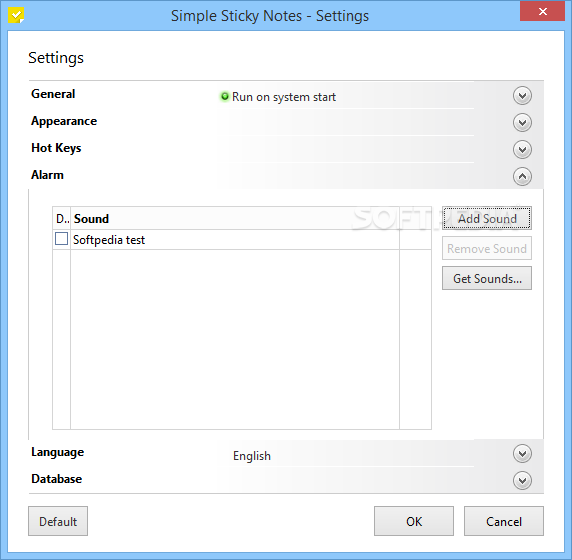
With any edition of Chocolatey (including the free open source edition), you can host your own packages and cache or internalize existing community packages. Packages offered here are subject to distribution rights, which means they may need to reach out further to the internet to the official locations to download files at runtime.įortunately, distribution rights do not apply for internal use.

If you are an organization using Chocolatey, we want your experience to be fully reliable.ĭue to the nature of this publicly offered repository, reliability cannot be guaranteed. Human moderators who give final review and sign off.Security, consistency, and quality checking.ModerationĮvery version of each package undergoes a rigorous moderation process before it goes live that typically includes: Less important features, like locking zippers, may get a passing mention on the product page but are never featured in emails or marketing copy.Welcome to the Chocolatey Community Package Repository! The packages found in this section of the site are provided, maintained, and moderated by the community. But, we know from reviews and surveys that our customers place the most value on four features:Įven four feels like too many to be sticky. Our travel backpacks have tons of pockets and features. You can't sell by overwhelming your customer. Listing more features makes the customer's buying decision harder, not easier. The more features you list, the harder they are to remember. While the features-driven approach works well on Kickstarter, selling that way elsewhere will be a challenge.Įven if someone reads all twenty features listed on your product page, they won't remember them. Less, but better - because it concentrates on the essential aspects, and the products are not burdened with non-essentials. If anything, needing more features (or complexity) to solve the same problem is a detriment.ĭieter Rams noted this in his Ten Principles for Good Design: Good design is as little design as possible.

That pitch is about the product, not the customer. I've always been skeptical of Kickstarter projects touting their number of features. Easier to understand is easier to remember (and more likely to be remembered). "Simplest to understand" was a function of the positioning and the copy, not just the product. Not necessarily the simplest product, but the product that was the easiest to understand. Years ago, we had the idea that the product which was the easiest to understand would win. I work in a category where marketing tends toward complexity: number of features, number of pockets, hidden features, hidden pockets.


 0 kommentar(er)
0 kommentar(er)
